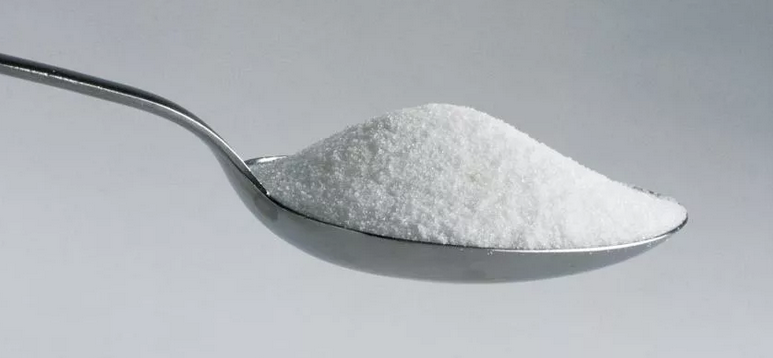If you do not know how many boric acid powder in a teaspoon, then read the article. It describes how to find out.
Contents
- Tea spoon: How many grams?
- How many boric acid powder in a teaspoon?
- How to measure 1 gram of boric acid without scales?
- Signs of lack of boron in plants: when is a solution with boric acid used?
- Boric acid for plants in the garden and in the garden: benefits and instructions
- How to properly dilute boric acid for plants: table
- Video: Boric acid. Rules for feeding a boron for tomatoes, apple trees and other plants
Not every house has scales in order to measure products. Almost all recipes are described in grams, how much and what needs to be added. On the one hand, this, of course, is convenient, because with this description it is difficult to break the recipe. But on the other hand, you have to cunning in every way to measure the product without weights.
- The most optimal method for measuring is a teaspoon.
- Therefore, experienced housewives have long remembered the ratio of the weight of bulk products that are placed in a teaspoon, to a gram of one or another product.
From this article you will find out how much boric acid is in a teaspoon. Such a measure of this product is usually necessary for gardeners when it is necessary to make a fertilizer or solution for spraying. So, how much boric acid is in a teaspoon? How many grams is a small spoon? Look for answers to these and other questions in this article. Read further.
Tea spoon: How many grams?
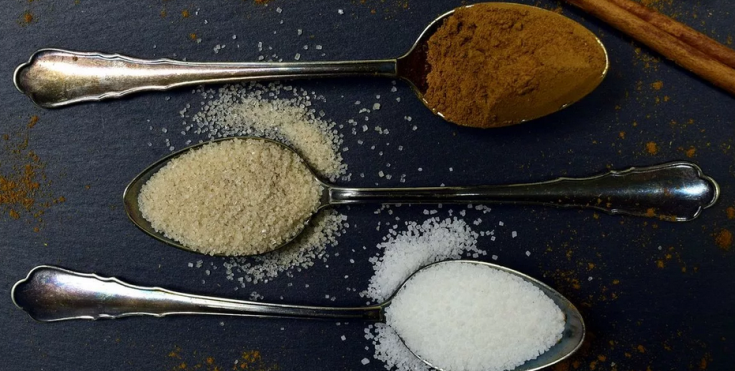
Some mistakenly believe that a teaspoon has a universal gram for any product. But this is not so. The number of grams placed in a teaspoon depends on by no means on this table device itself. So, how many grams are in a teaspoon?
The substance is affected by weight that is measured with this teaspoon. For example, one spoon:
- Flour — from 9 to 12 grams
- Citric acid — 5 to 8 grams
It is worth knowing: It is believed that on average, a teaspoon is placed 5 grams dry matter.
The fact is that the amount of the product placed in a spoon depends on its density. For this reason, there may be differences in weight, for example, between flour or sugar, which are placed in the same container.
Storage conditions can also be affected by weight. If the product was stored, for example, in a room with high humidity and was not isolated, then most likely, its weight will differ from the weight of the same product that was stored in a dry environment.
How many boric acid powder in a teaspoon?
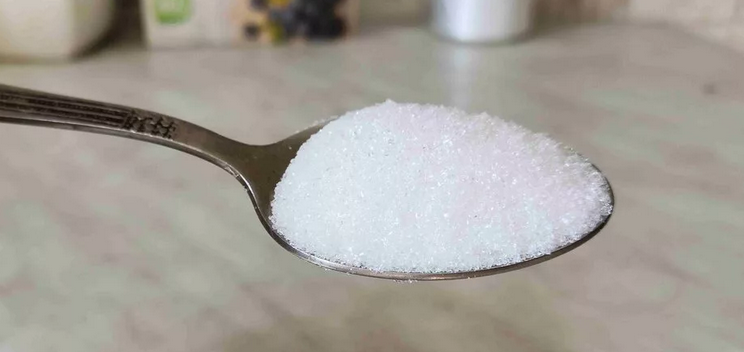
Boric acid in powder is the most popular product among experienced gardeners. With its help, you can process plants from pests or feed crops. Many people who do not have special scales very often encounter difficulties in measuring weight. The question often arises: how many boric acid powder in a teaspoon? Here's the answer:
- In a teaspoon, 5 grams of boric acid are placed.
How to measure it correctly:
- The first thing to determine is what the total volume of the substance is required.
- If the volume is needed large enough, then you can use the corresponding container for measuring. For example, a glass - it is placed in it 250 grams Boric acid.
- If you need a very small portion, it is better to choose a smaller capacity. In this case, a teaspoon is perfect. She is fit About 5 grams.
You can check the accuracy by a bag in which the substance was originally - it accommodates 10 grams. Therefore, after it was measured 5 grams, half should remain. Some people also resort to another trick, which is also based on the total weight of boric acid in standard packaging:
- If a teaspoon does not appear at hand, the contents of the bag are simply poured onto a piece of paper.
- Further, the powder is divided exactly in half.
One half is used, the other is poured back to the bag, if the product is not necessary.
How to measure 1 gram of boric acid without scales?

If a with 5 grams the weight is all clear and simple, then with a situation where it is required, for example 6 grams Powder is more difficult. After all, it will be necessary to not just measure one teaspoon or half of the bag, and add to it again 1 gram. Some solutions in which boric acid are used are completely involved in the recipe no more than one gram. In such situations, the question arises more difficult: how to measure 1 gram of boric acid without scales?
In fact, this question has three answer options and they are all true:
Option 1:
- A teaspoon is useful here.
- It needs to be placed in it with standard 5 grams.
- Then pour on a sheet of paper and divide the resulting amount of substance 5 equal parts.
- Each of the parts will correspond to weight 1 gram.
Option 2:
- It is suitable for those who have an insulin syringe at hand.
- For the most convenient use, you will need to cut off the syringe at the mark in 1 milliliter.
- It turns out a small container, which will be quite conveniently scooping up.
- She will accommodate it just 1 gram.
Option 3:
- The easiest way for which you do not need anything special, a sheet of paper will be enough.
- On it you need to pour the powder from the package.
- Next, divide the contents into two equal parts.
- Then divide one of the parts by five.
- Each of the resulting five parts and will be equal to one gram.
Of course, these options will not give an impeccably accurate result. But the error, which may be completely uncritical.
Signs of lack of boron in plants: when is a solution with boric acid used?
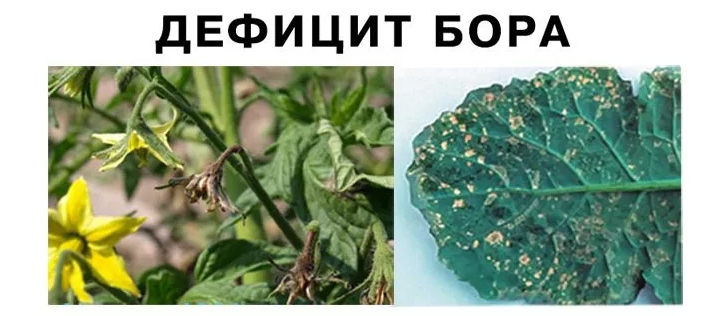
The disadvantages of the boron in plants are very simply detected even during visual examination. Here are the main features:
- The upper leaves look too pale.
- They become asymmetric and as if underdeveloped.
- The roots also look weak enough.
- The fruits of such plants themselves have voids inside, and their shape becomes atypical and, one might say, ugly.
Some gardeners cost only herbal infusions to maintain plant health. But there are situations when it is obvious that boric acid solution cannot be dispensed with.
Boric acid for plants in the garden and in the garden: benefits and instructions
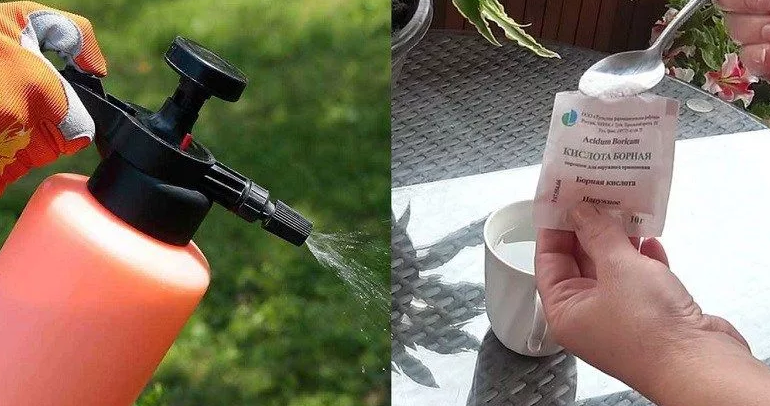
Thanks to boric acid, the appearance of plants in the garden and garden does not only improve. The benefit is that it is this powder that contributes to the better digestibility of nitrogen. This allows you to make plants more resistant to external negative factors. That is why the use of a special solution with boric acid is very common.
Important: For its manufacture, it is recommended to use hot water, since boric acid will not dissolve in cold water.
But this does not mean at all that you will have to heat a huge container of 10 liters in order to get a solution. It is enough to dilute the required amount of powder in a small container - with a capacity of approximately 1 liter. Then stir thoroughly until the substance dissolves in water and pour into a large container.
It is worth knowing: When mixing, it is very important to choose the dish that is not used for food. So, if it is a teaspoon, it is better to put it separately from the rest of the cutlery. And after each use, rinse thoroughly with water and detergent.
When working with the solution itself, it is important to adhere to several rules that are registered in the instructions:
- Spray should be carried out with a fine spray.
- Do the work in the evening.
- Choose a little wet and cloudy weather.
- Spray the plants until the drops appear on the leaves, but so that the drops do not flow down.
- If it is necessary to deliver the solution to the plant by watering, then water should be watered without touching the leaves.
The use of boric acid in pure form is unacceptable, since it will only harm.
How to properly dilute boric acid for plants: table
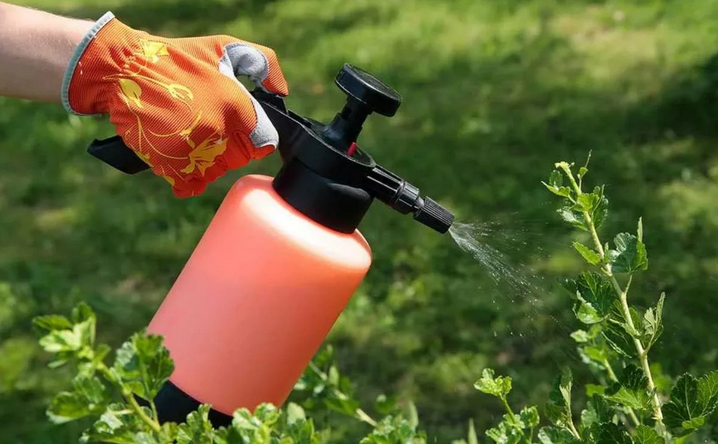
Each plant needs its own dosage of boric acid, for this is precisely the special table was created. How to breed boric acid for plants? The answer in the table is below:
| Name of culture | Water and substances ratio | The ratio of the solution and the treatment area | Notes on use |
| Cabbage (white, colored) | 10 g is required for 10 l | At 10 square meters. m is enough 1 liter | The top dressing is non -rown |
| Potato | 10 g is required for 10 l | 25 kg is enough 1 liter | Tubers processing before planting |
| At 10 square meters. m is enough 1 liter | The top dressing is non -rown | ||
| Onions, beets, tomatoes, cucumbers | For 10 l is 5 g | At 10 square meters. m is enough 1 liter | The top dressing is non -rown |
| Berry crops (raspberries, strawberries, grapes, gooseberries, currants) | For 10 l is 5 g | At 10 square meters. m is enough 1-2 l | The top dressing is non -rown |
| 1-1.5 l for each bush | |||
| Fruit crops (pear, cherry, apple tree, cherry) | 10-20 g is required for 10 liters | 2-10 liters for each tree | The top dressing is non -rown |
| Flower cultures | For 10 l is 5 g | At 10 square meters. m is enough 1 liter | The top dressing is non -rown |
Now you know how much gram of boric acid in a teaspoon. Thanks to this, you can simply prepare the desired solution for processing the plant or for its top dressing. Good luck!

